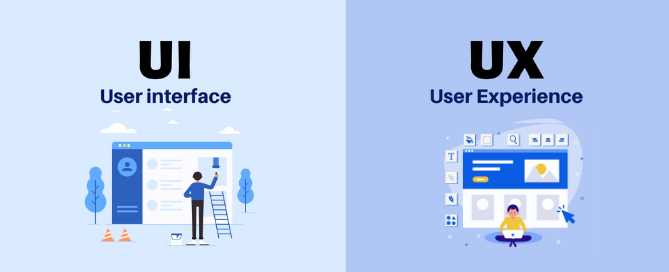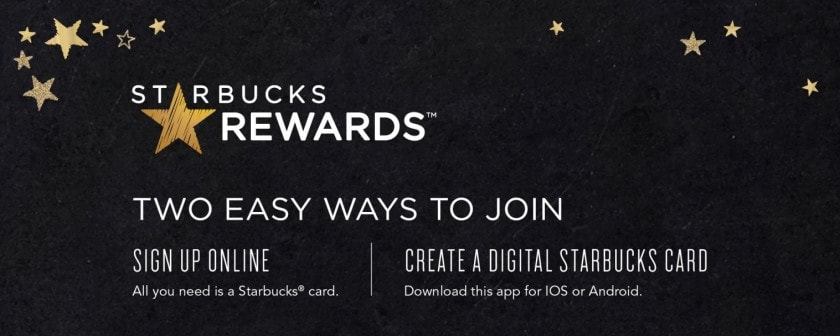Reference Source: https://www.toptal.com/designers/ux/ux-statistics-insights-infographic
Let’s take a look at few trends that we can expect in UX Design for the year 2020:
Most people, especially in the cities, have more than one device that they use. Hence, it is absolutely essential that the app you create should be compatible with all devices – whether it’s a smartphone, a watch, a laptop, etc.
The social media app, Facebook is a good example. The user can connect with loved ones anytime, anywhere and with the use of any device. This app operates a single continuous operation on different platforms with uninterrupted action.
Keeping It Simple
Keeping an app simple doesn’t mean that it needs to be boring with just a few buttons. While constructing your app, make sure that it is simple for the user to navigate. There are few apps that are built that lose their sole purpose of existence by adding frills and fancies not needed. Therefore, it is always said that app companies must focus on the core functionality and then keep upgrading it as per the user’s feedback or market demands.
Key points:
- Easy navigation
- Minimum pop ups and notifications
- Easy-to-understand language
- Readable fonts/colours
Designing the App
As mentioned in the earlier point, users should be able to read the text and fonts used in the app. Also, it is important that the app is intuitive, for example, the Exit or ‘x’ should always be placed on the top right corner. Mindful designing seems to have a positive impact on user perceptions, as it helps the users to stay loyal to the brand. With the help of UX design, it’s the trendiest way to attract potential customers and enlarge your customer base.
Voice User Interface and AI technology
The year 2019 has made great progress towards personalization of mobile UX. User’s want the device to adapt to their thinking, wants and needs. When it comes to UX design, the key is to design something flexible to the individual. The functionality and the content produced by the app should be based on the user’s history such as their location, purchase patterns, the online communities that they are a part of, events and calendar events. Brands such as Spotify already do this, for example, by curating custom playlists with suggestions based on previous listening behaviours. These playlists are unique to the user and provide a service unique to them
Recently, AI has been widely used on mobile internet; credit for this largely goes to Siri. Artificial intelligence is commonly used in smartphones as a voice assistant and for face unlocking, beautifying, and smart shooting. Following the trend, it seems like, voice and vision functionality will have more advancement the way it has shifted from GUI to VUI.
Augmented Reality and Virtual Reality
There is still a lot of work to be done for augmented reality and virtual reality to manifest in its full form but many apps such as Snapchat, Sephora, etc. are being used from the convenience of their home. For example, the user doesn’t really need to get into a store to find the perfect outfit, instead they can sit on their couch and with the help of AR/VR visually see how the clothes would look on their body. The year 2020 will definitely see more features of AR/VR being added to apps.
Keeping Up With 5G
5G is finally starting to roll out across the globe which means that data transfer speed and latency time will improve significantly. With the time span of the user getting shorter and shorter, they don’t want to wait too long for information to download on the app.
Any mobile services, be it an application or a website optimized for mobile, will need to be optimized to support the speed and full capabilities of 5G networks. Hence, you must make sure that the UX design is compatible with the future speed that is going to be offered to the users.
Voice Assistance
“eMarketer forecasts that nearly 100 million smartphone users will be using voice assistants in 2020. Similarly, comScore data reveals that voice technology will account for 50% of all searches by 2020.”
Source Reference: https://searchengineland.com/voice-search-explosion-will-change-local-search-251776
More brands are starting to invest in voice technology, as more mobile apps are beginning to incorporate Vocal User Interfaces (VUI). At the very least, companies are beginning to integrate VUIs in some capacity to meet the changing expectations of smartphone users. Since these VUIs will differ, UX designers will be required to abandon old techniques and mindsets and get more creative.
Looking into the Future
Staying in sync with these UX trends will help you strategically form a digital world around your product or service that will attract users and keep them loyal to your app. If you wish to stay ahead of the curve, contact the App Scoop Mobile App Development Team for more information.





